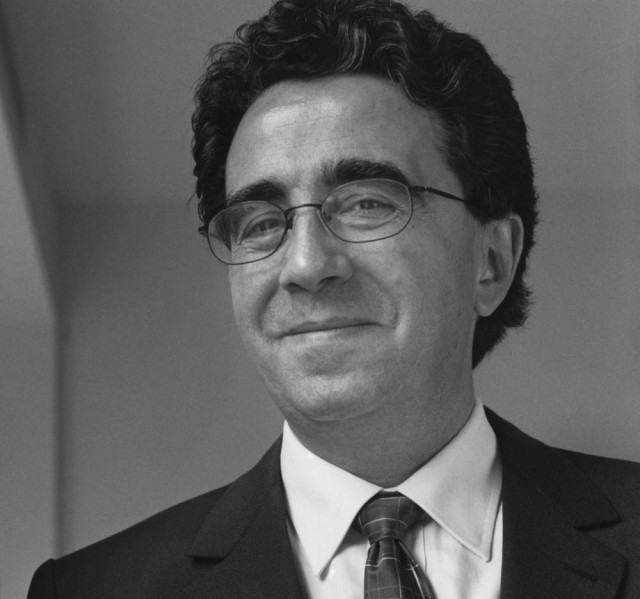Santiago Calatrava

Santiago Calatrava (°Benimàmet, Valencia, July 28, 1951) is a Spanish architect & structural engineer. He has offices in New York City, Doha, and Zürich, where he now resides.
Santiago Calatrava Valls received a degree in architecture at the Polytechnic University of Valencia. There he completed independent projects with fellow students, publishing two books on the vernacular architecture of Valencia and Ibiza. In 1975 he enrolled in the Swiss Federal Institute of Technology in Zürich, Switzerland, for a second degree in civil engineering. In 1981, after receiving his doctorate in civil engineering for his thesis, “On the Foldability of Space Frames”, he started his architecture and engineering practice.
Calatrava’s early career was largely dedicated to bridges and railway stations, with designs that elevated the status of civil engineering projects to new heights. His Montjuic Communications Tower in Barcelona, Spain (1991) in the heart of the 1992 Olympics site, as well as the Allen Lambert Galleria in Toronto, Canada (1992), were important works and turning points in his career, leading to a wide range of commissions. The Quadracci Pavilion (2001) of the Milwaukee Art Museum was his first building in the United States. Calatrava’s entry into high-rise design began with an innovative 54-story-high twisting tower called Turning Torso (2005), located in Malmö, Sweden.
Calatrava has defined his style as bridging the division between structural engineering and architecture. In his projects, he claims to continue a tradition of Spanish modernist engineering that included Félix Candela, Antonio Gaudí, and Rafael Guastavino, with a very personal style that derives from numerous studies of the human body and the natural world. Architecture critics, however, see his work as a continuation of the neofuturistic expressionism of Eero Saarinen.






